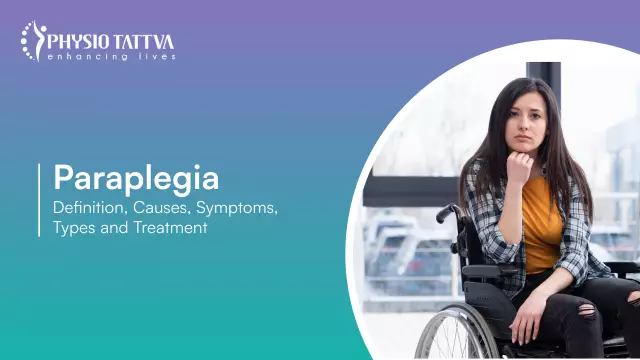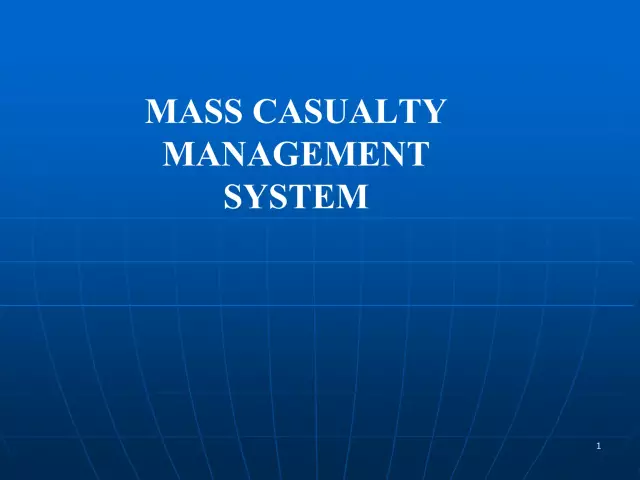- Author Rachel Wainwright [email protected].
- Public 2023-12-15 07:39.
- Last modified 2025-11-02 20:14.
Bubble drift

Bubble drift is a rather rare pathology during the development of pregnancy. A characteristic feature of cystic drift is a sharp increase in the chorionic villi, which turn into bubble-like expansions of various sizes with a complete absence of blood vessels. The bubbles contain a transparent liquid inside and can be located locally (then we are talking about a partial cystic drift) or fill the entire chorion (complete cystic drift).
This pathology of the development of pregnancy belongs to the group of trophoblastic diseases, which also include a tumor of the placental bed, choriocarcinoma, an epithelioid tumor, etc. The consequences of the formation of a cystic drift inevitably lead to metabolic disorders between the organisms of the mother and the unborn child and, as a rule, become the cause of fetal death …
According to official statistics, gallbladder drift occurs no more than once in every thousand births.
Causes of blistering skid
Unfortunately, to date, there is not enough scientific data in order to unequivocally judge the causes of cystic drift.
The following hypotheses about the causes of cystic drift deserve the greatest attention today:
- infectious reasons (chorionic disorders provoke viruses and toxoplasma);
- hormonal reasons (insufficient production of estrogen by the body of the expectant mother);
- genetic causes (as a special case of common chromosomal aberrations, i.e. pathologies of the development of the ovum).
Kinds
Experts today distinguish three conditional groups of cystic drifts:
- Benign cystic drift (with the absence of anaplasia and hyperplasia of the chorial epithelium);
- Potentially malignant cystic drift (having a slight degree of anaplasia and hyperplasia of the chorial epithelium);
- Probably malignant cystic drift (with a pronounced degree of proliferation and anaplasia of the chorial epithelium).
Cystic Skid Symptoms
In most cases, cystic motility occurs in very young and elderly pregnant women. The most likely symptoms of gallbladder drift include:
- bloody discharge from the genital tract against the background of amenorrhea;
- discrepancy between the size of the uterus and the expected period of pregnancy (an increase in the size of the uterus is diagnosed);
- the phenomenon of early and late toxicosis of pregnant women;
- in some cases, there is a tight-elastic consistency of the uterus;
- sometimes tecalutein ovarian cysts are formed (on both sides), which tend to regressively after treatment of the disease.
Treatment of bladder skid

The primary treatment for cystic drift is to remove it from the uterine cavity. A complete curettage of the mucous walls of the uterus is performed using a special instrument - a gynecological curette. If possible, use the vacuum aspiration method for removal. An indispensable condition for the successful treatment of cystic drift is the direction of the removed tissue for histological examination.
The need for histological examination after removal of the cystic drift is due to the possibility of a dangerous complication - chorionepithelioma (malignant trophoblastic disease). This type of tumor tends to quickly metastasize (in most cases to the lung tissue). Therefore, a mandatory examination of a woman after removal of a cystic drift should be an X-ray examination of the chest organs to exclude such a complication.
The patient must certainly be under the supervision of an oncologist for at least two years. Also, during this entire period, pregnancy is categorically contraindicated.
The information is generalized and provided for informational purposes only. At the first sign of illness, see your doctor. Self-medication is hazardous to health!






